6 Tips for Improving Wildlife Habitat on Your Ranch
Managing grazing lands for the good of wildlife — as well as for livestock — is more important than you might think. The health of our ecosystems depends on encouraging diversity of habitats and species.
Most ranchers know how to manage their land for grazing livestock. But making management decisions with local wildlife in mind can ensure the land remains healthy and profitable for generations. Here are six tips to improve wildlife habitat as part of your land management:
1. Encourage Diversity
“The easiest and most overarching thing is tip No. 1 — diversity,” says Will Moseley, Noble Research Institute wildlife and fisheries consultant. “Tip No. 2 — diversity. Tip No. 3 — diversity.”
Diversity is one of the critical components of community dynamics, one of the four ecosystem processes behind healthy natural systems.
Moseley points out diversity is vital in maintaining healthy wildlife habitats. Science textbooks often refer to ecosystems as webs with lines connecting food sources and symbiotic relationships, demonstrating how diversity is the fragile string weaving together every ecosystem.
That’s why removing or reducing species in a wildlife habitat can cause a snowball of unintended consequences to tumble through a landscape.
“Plants are very important to our community dynamics because they provide habitat or root structure. Perhaps a certain plant has a relationship with fungi that we don’t understand, but it’s providing value to soil or helping build the soil,” he says.
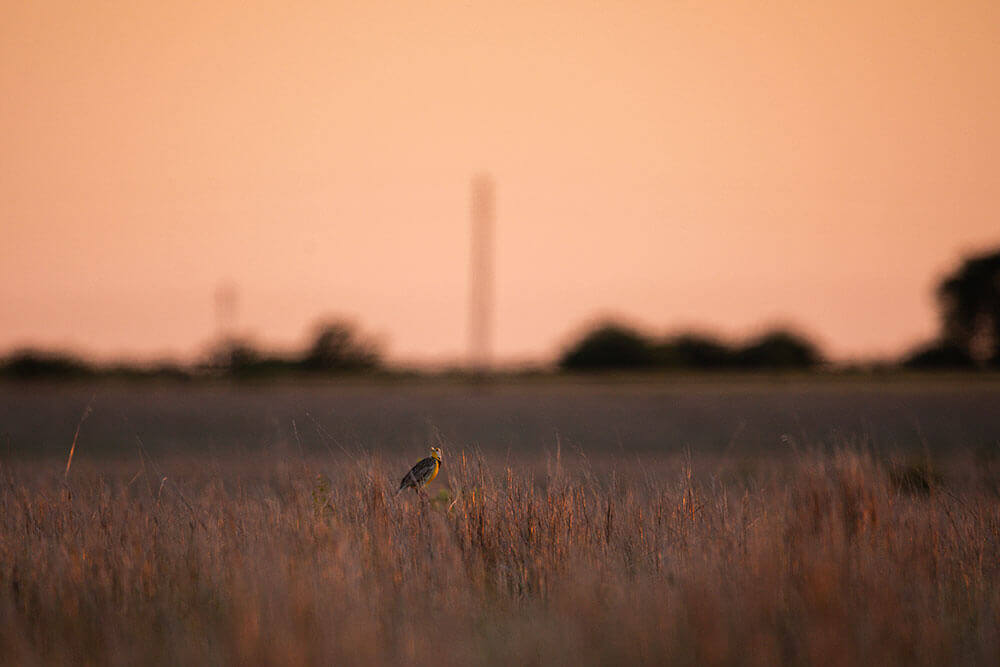
2. Embrace the Mess
While messy isn’t often considered a positive adjective, when it comes to wildlife habitats, it is.
“I think one of the biggest things that’s hard for people when they’re managing the landscape for wildlife is the messiness,” Moseley says. “But for people like me — wildlife ecologists — we like to see a real messy landscape.”
While the human eye may prefer neatness, symmetry and balance, natural landscapes thrive with diversity, unevenness and variety. For example, land covered in various plants should have greenery of all shapes and sizes.
“A messy landscape usually means there’s more diversity in the landscape,” Moseley says. This messiness suggests that wildlife habitat has all the components needed to sustain wildlife in their day-to-day lives.
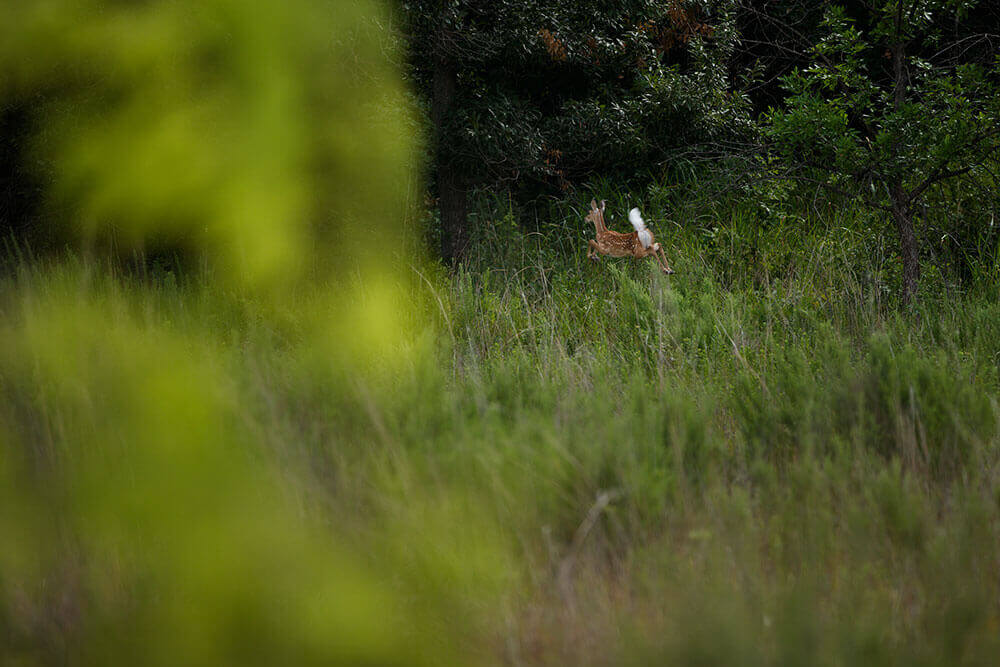
3. Look at the Entire Landscape
While some wildlife management practices may provide a portion of these needed components, practices like adding food plots often miss the larger picture. When ranchers are looking to encourage wildlife on their land, they must keep the entire landscape in mind.
Wildlife must be comfortable in their habitat 24 hours a day, seven days a week and 365 days a year, according to Moseley. Diverse wildlife is more likely to thrive when their habitats concisely provide for all their basic needs — shelter, food, water and space.
“If they have to walk a mile or fly a mile to get water, to get food or to find shelter, that’s not a very good use of their energy,” he says. “So, we must ensure we have all those habitat components” in or near our ranch environment.
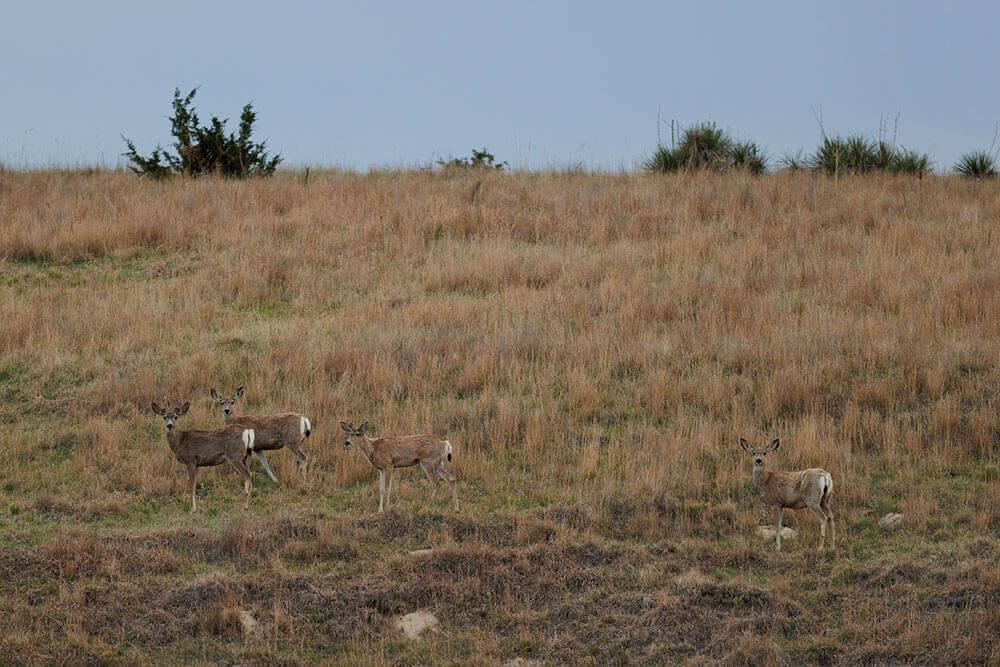
4. Keep Weeds for Wildlife
Speaking of food, ranchers shouldn’t underestimate the value of weeds on their land, especially the broad-leaved, non-woody, herbaceous plants ecologists call forbs. Moseley notes that traditionally, forbs get a bad rap in ranching. But, when considering wildlife habitats, forbs are an essential classification of plants that provide food and shelter for various wildlife.
And when it comes to grazing livestock, forbs also have value for ranchers.
“A lot of the forbs have really, really high protein. They have lots of minerals and nutrients compared to grasses,” Moseley says.
Cattle are known to highly prefer Maximillian sunflower, compass plant, Engelmann daisy and ashy sunflower to grasses at least seasonally, if those forbs are available. They’ll also graze Western and giant ragweed, redroot pigweed and lambsquarters in certain seasons.
While brush is sometimes considered the bane of ranchers managing pasture lands, it can have a positive purpose in a piece of land managed in a way that balances grazing animals with promoting healthy habitats for wildlife.
Brush provides another functional group of plants that can benefit both wildlife and livestock, Moseley says. “Even cattle browse on brush, too, if they need to. Brush just adds more diversity in the landscape.”
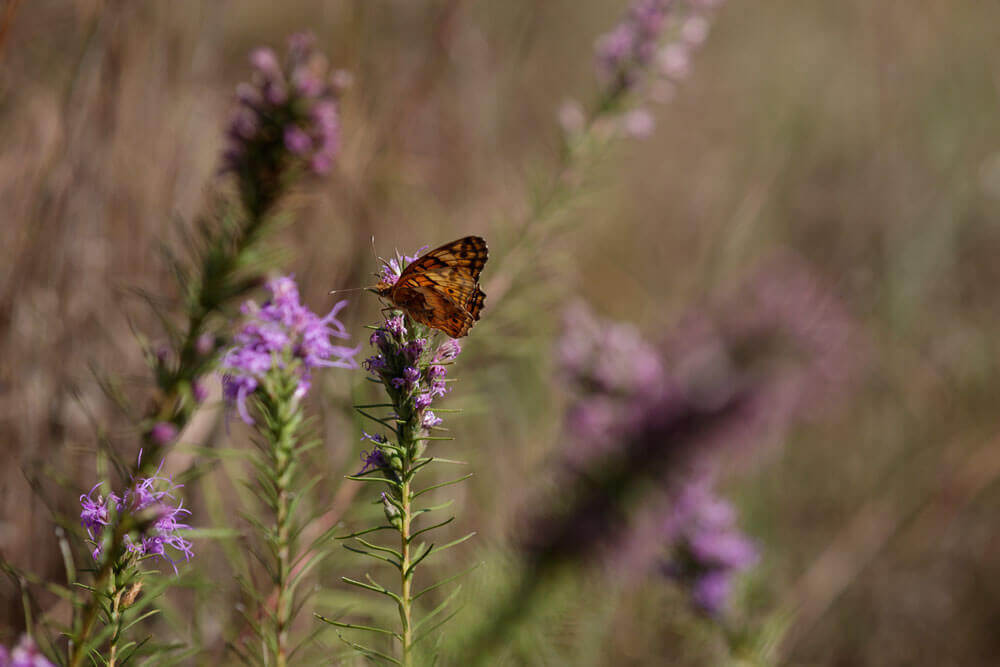
5. Adapt your Grazing
When it comes to the delicate balance between profitably running grazing livestock and promoting wildlife on your land, Moseley suggests looking to nature.
“We should manage our landscape using ecomimicry, managing land in a way that mimics the natural world,” he says.
When managing rangeland, this means ranchers should imitate the impact large herds of grazing animals, such as bison, elk, pronghorn and other large ruminants, had on a landscape. Typically, these herds would pass through an area in a large group and heavily graze on that area for a short time before moving along and not return for a longer period of time.
“We can mimic the large herbivores of the past in our regular operations now,” Moseley says. “We can use a higher stock density with longer rest and recover periods.”
This adaptive grazing also encourages diversity among plants because grazing livestock, like people, have their favorite tastes. So, when given the option, livestock may only eat what Moseley calls “ice cream plants,” or the tastiest of the land’s forages, which disrupts the diversity of a habitat. Grazing smaller paddocks at a high density encourages livestock to eat a wider range of plants.
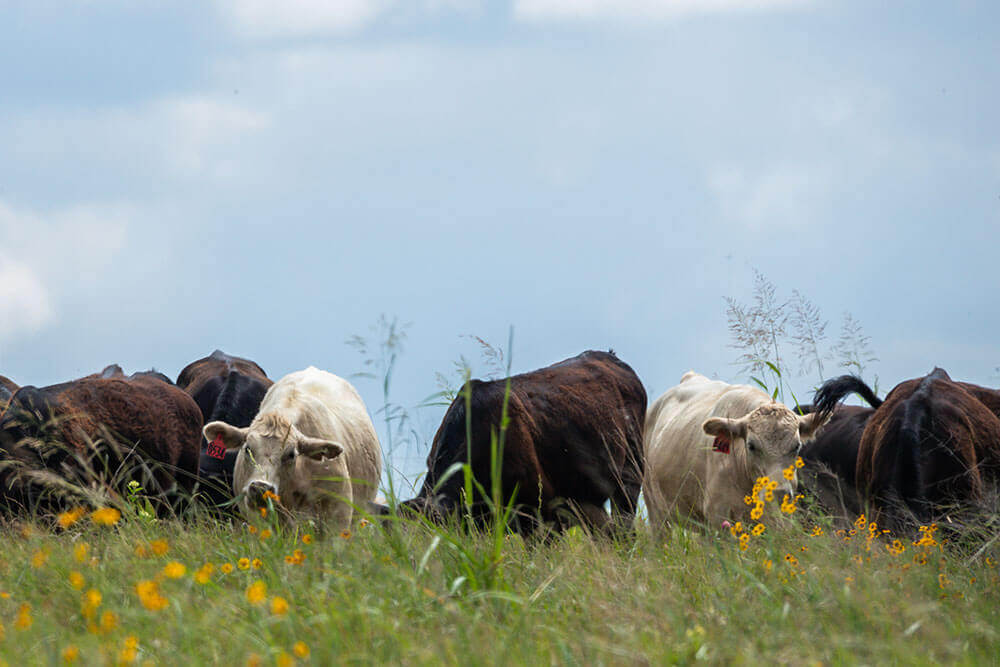
6. Expect the Unexpected
One of the most important lessons Moseley has learned through his years managing wildlife habitats is that the results may vary. When working with such interwoven and complex processes in an ecosystem, things may not always go as planned — and that’s OK.
“When applying management, whether that’s grazing or prescribed fire … we don’t know exactly how nature will respond,” he says. “But we do our best to manage it in a way that’s benefiting nature and our ecosystem processes.”
Moseley says watching how a habitat reacts to management and learning from the results is one of the most exciting and rewarding parts of wildlife management. And managing wildlife is crucial to ensuring a healthy habitat for years to come.
“If I could tell ranchers one thing, it’s this,” he says, “abundant and diverse wildlife is an indicator of a healthy ecosystem.”

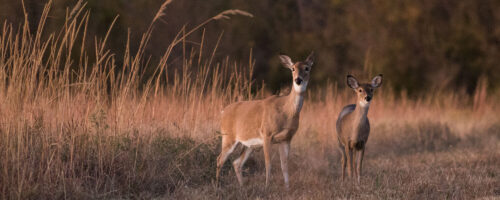
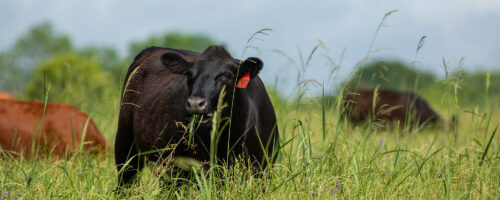
Comment